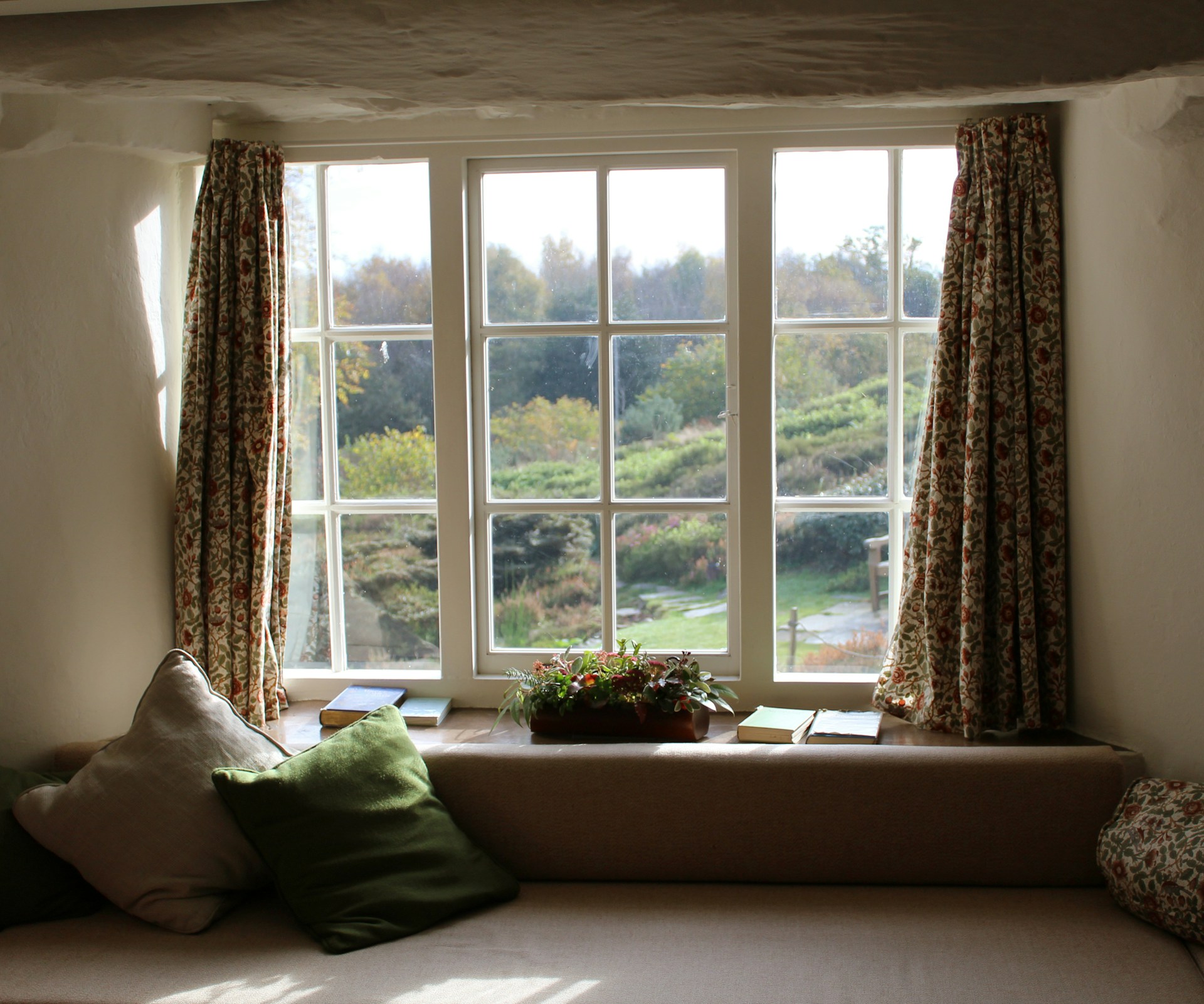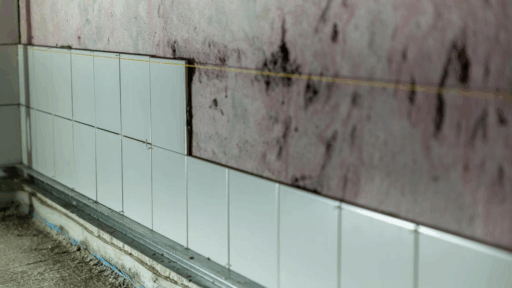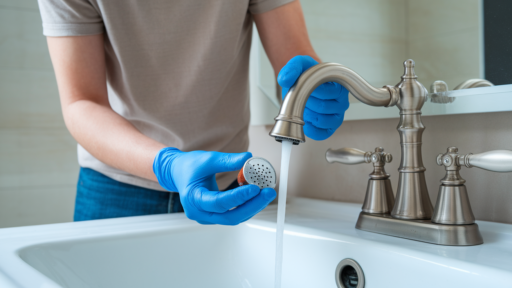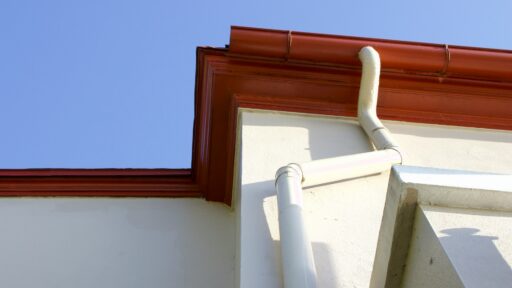Windows are more than panes of glass sitting in a frame that allow light to enter a home. Considered one of a building’s energy factors in design, windows also add to comfort, provide security, and contribute to aesthetic appearance. Even the best of windows will age and deteriorate with time, losing value or becoming ineffective. The knowledge of when to replace windows is essential for any comfortable, energy-efficient, and highly-valued home. How do we pinpoint this moment of deterioration? Let’s take a look at a few unequivocal signs proving that your windows are ready for replacement.
Drafts and Rising Energy Bills
When drafts come in or temperatures fluctuate, you know immediately that your windows are malfunctioning. If you feel an air breeze hitting through your windows that are shut, or if particular rooms remain cold during winters and hot through summers, then it strongly indicates that those window frames have lost their outlines or seals between the glass panes—one can call the “phenomenon” of sealing between the glass panes or on between the surface land of the frame sealing. These unfortunate drafts let just conditioned air out and contrary conditioned air in, making your HVAC system work extra hard. The energy bills will increase due to the system’s struggle to maintain the balance of the temperature inside. So, as the utility bills go up, and no clear explanation is given, that is where your aged inefficient windows come in as culprits.
Condensation Between Glass Layers
Herald another tell-tale sign informed by a professional: the condensation between glass layers. Newer double or triple-pane windows are manufactured with tight seals that usually contain an inert gas such as argon for the sake of insulation. Any appearance of fog or moisture trapped between the layers of glass is already a sign that the seal has been broken. Once the seal fails, the insulating gas leaks out, and thermal efficiency of the window takes a nose dive. This is merely not a cosmetic matter, but a clear sign of deterioration where the window fails to do the essential insulating act, warranting a replacement. (Note: Condensation on the interior or exterior surface of the glass can be due to humidity levels and doesn’t necessarily mean the window is faulty.)
Visible Damage and Functional Failures
Visible damage and operational issues are also unquestionable signs, going beyond energy performance. Look for a cracked glass pane, warped or rotted frames (especially common with older wood windows), or peeling paint. Such degradation compromises the structural integrity of the window, allowing moisture to enter, which may result in mold, mildew, or even damage to the walls of your home. Additionally, if your windows are a pain to open, close, or lock, this is a functional problem that would compromise your convenience and safety. A window ought to glide smoothly and lock securely. Stuck sashes or broken hardware are not only irritating; they threaten your security and block emergency exit routes if you want to escape quickly.
Age and Outdated Style
Finally, keep in mind the age and aesthetic of your windows. Most windows have an expected lifespan of 15 to 30 years, depending on their material, climatic conditions, and maintenance. By the time your windows are approaching or even surpassing this time scale, their performance is almost certainly in decline, notwithstanding visible signs not being evident at first glance. Outdated window styles can quite significantly thwart the curbing visibility going for a very shameful home look. So a new set of windows can indeed perform a great uplift to the exterior look, flood in natural light, and ultimately better in sound insulation from street noise or neighborly clatter.
Final Thoughts: Know When to Replace
In conclusion, some things that one should take note of to understand and determine the right period for window replacement include drafts, energy consumption, condensation between panes, visible damage, windows’ operational ease, and age. New windows not only make the house look nice but are a smart investment that will enhance the comfort of your home, reduce energy consumption, provide better security, and uplift the value of your home. Don’t wait for these minor issues to turn into major problems; a sensible approach to solving them will cost you less money and give you fewer headaches down the road.








